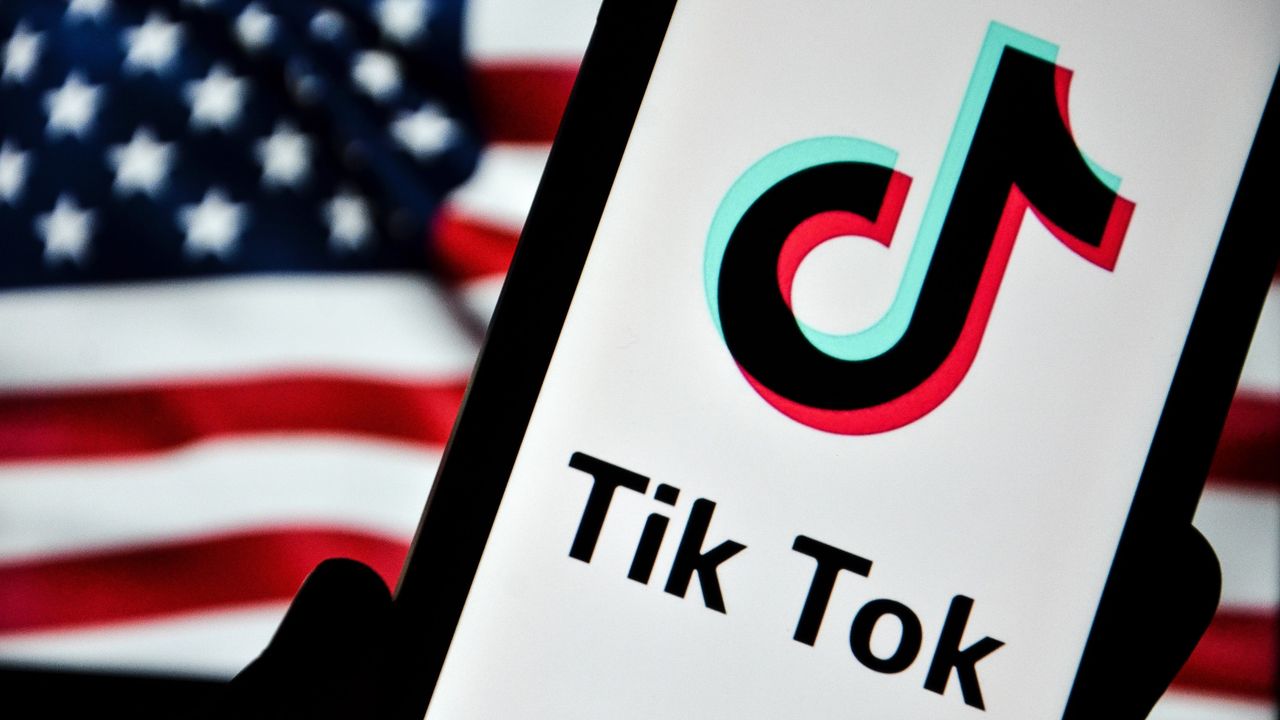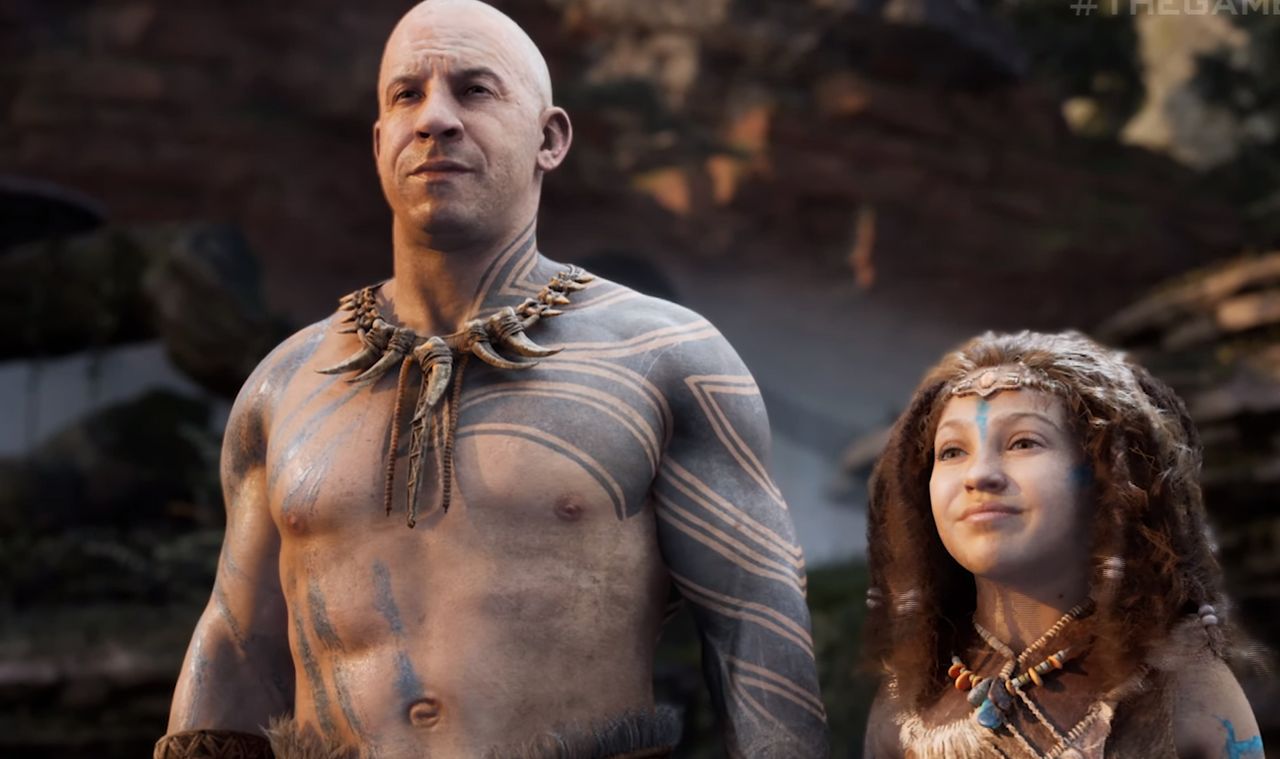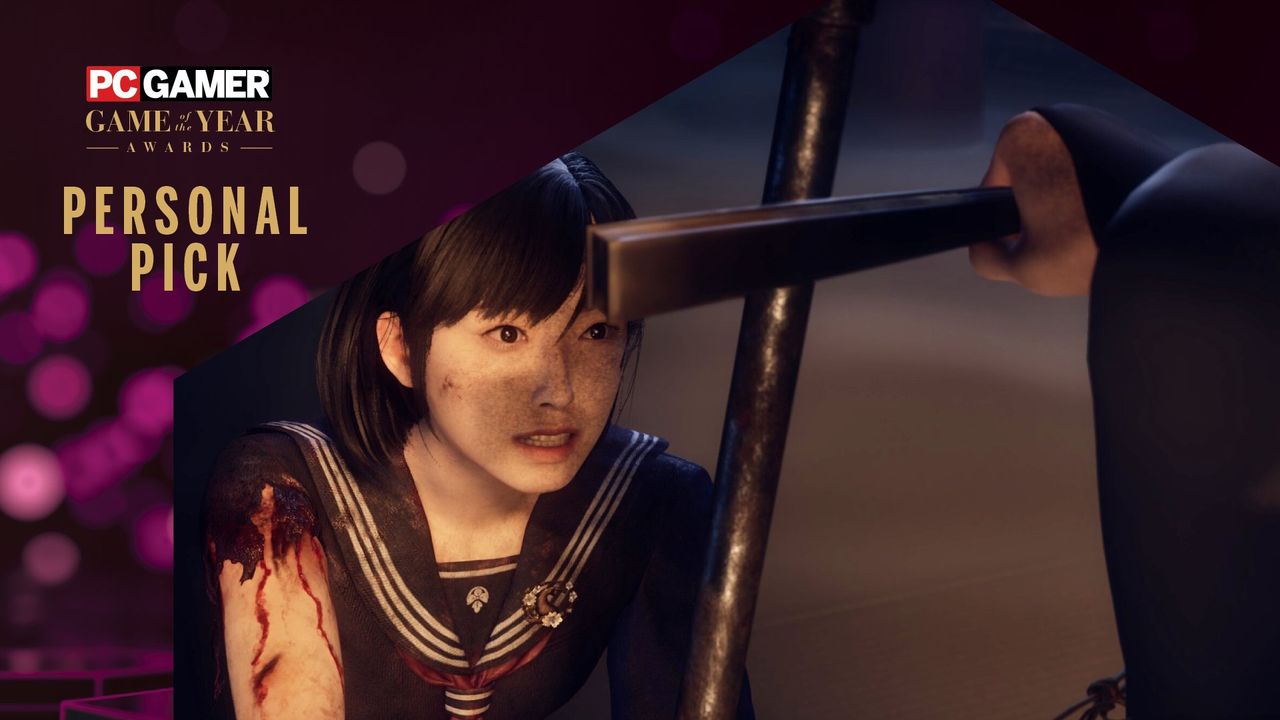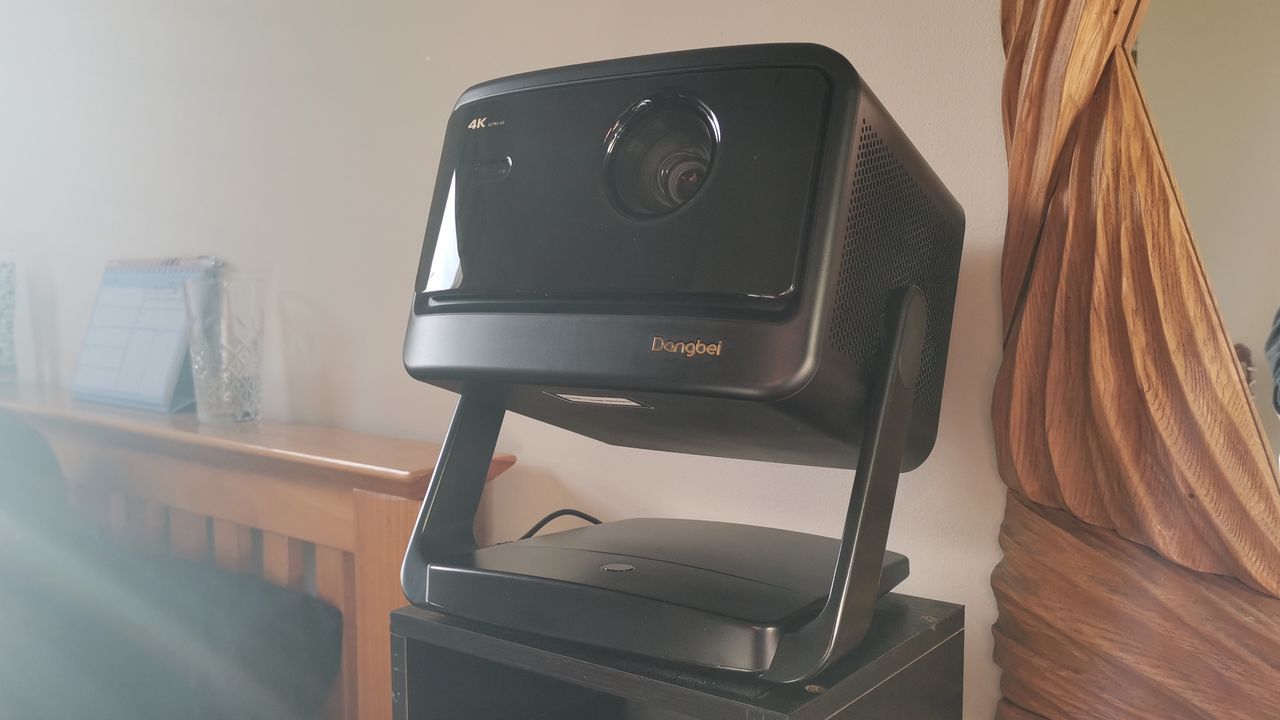
Variety is, as they say, the spice of life, and 2025 provided a fantastic array of different video games. We’ve survived and extracted from the robot-ruled battlefields of Arc Raiders, adventured across the medieval lands of Kingdom Come: Deliverance 2, and established mind-expanding exhibitions in Two Point Museum. We helped Keeper’s sentient lighthouse solve puzzles, and unearthed the secrets buried in Atomfall’s eerie England. But which of the year’s many different video games is worthy of being crowned the very best of 2025?
Every December, the IGN team considers all the games they’ve collectively played and reviewed across the year, and votes on which one they think is the greatest of them all. Which one is the “Game of the Year”? Sometimes that choice is incredibly difficult. Other years, it’s easy. 2025 was the latter, with our winner securing almost three-quarters of the vote. But what is that near-universally admired game? That’s what we’re here to reveal.
Honorable Mentions
Before we run down the games that made it onto our final shortlist, we’d like to recognise several other brilliant experiences that we’ve had this year. Hazelight Studios once again proved that it's the king of co-op with the wonderful Split Fiction, a creative action platformer that builds atop the successes of 2021’s It Takes Two with some of the most surprising and innovative level design that we’ve seen not just this year, but this decade. There was some interesting innovation happening over at Konami, too. With Silent Hill f, developer NeoBards Entertainment took the series’ trademark oppressive horror and blended it with a novel approach to new game plus to create a remarkable story that deepens with each replay.
Talking of replays, that’s the name of the game for Ball x Pit, the brick-breaking roguelike from Kenny Sun and Devolver Digital, whose furious action had us coming back for one more run time and time again. So long as our time wasn’t being stolen by Fantasy Life i: The Girl Who Steals Time, of course – Level-5’s smart blend of Animal Crossing’s cosy slice-of-life and The Legend of Zelda’s dungeon diving turned out to be a real comfort game for us this year. The same could be said for Ghost of Yotei, too, which rekindled happy memories of 2020’s Ghost of Tsushima, but boosted all of that game’s good ideas with even deeper mechanics and more striking landscapes. It’s safe to say that 2025 was pretty good for games, and we’ve not even discussed the very best of them, yet.
Runner-Up - Death Stranding 2: On the Beach

Exactly half of our shortlist for the Best Game of 2025 is made up of sequels that faced tough challenges. Death Stranding 2: On the Beach arguably faced the most difficult one: how to turn a divisive “walking sim” into something more universally beloved, without betraying its core, admittedly niche values? The answer, perhaps unsurprisingly for a Kojima Productions project, was to look back to Metal Gear Solid and incorporate the freedom of The Phantom Pain into this open-world delivery simulator. A constantly rolling conveyor belt of gear, from ladders and boots to coffin hoverboards and weaponised electric guitars, ensures you always have the tools to tackle Death Stranding 2’s missions on your own terms. While this is still a game fundamentally about transporting items from location A to location B, no two deliveries feel the same. An ever-evolving and adapting world sees journeys that once unfolded on foot upgraded to make use of roads, ziplines, and eventually monorails, with destinations pursued either via your own pathways or by making use of creative solutions designed by other players. Such a journey isn’t purely physical, either; as you travel, your growing team supports you through an emotional ordeal that ponders the value of human connection. All this ensures that On the Beach finally fulfills the unique promise of the original Death Stranding.
Runner-Up - Hades 2

The creative juggernaut that is Supergiant Games likely could have simply recreated its 2020 roguelike hit, Hades, with just a few mechanical upgrades and still received critical acclaim. And, on the surface, that’s what Hades 2 appears to be. It takes just a single scratch to reveal the truth about this incredibly ambitious sequel, though, which smartly rethinks and remixes many of its predecessor’s fundamentals. Yes, this is still a game in which you battle as far as you can through the branching routes of a dungeon until death forces you to start all over again, but new protagonist Melinoë’s quest to kill Chronos, the Titan of Time, takes place along two opposing routes. Every run starts with a choice: ascend Mount Olympus, or descend into Tartarus. Each location provides entirely different bosses, biomes, storylines, and challenges, which solves the age-old roguelike issue of grinding repetition. Stuck on a formidable boss? There’s an entire other world to conquer instead. And conquer you will, armed with the most refined set of skills and upgrades the genre has seen. This is a buildcrafter's dream, even in spite of the random nature of your God-given boons, and each run is an opportunity to mold Mel into a brand new kind of magic weapon. With unrivaled art and music, and one of the tightest combat systems around, Hades 2 is a spectacular triumph.
Runner-Up - Hollow Knight: Silksong

The eight-year wait for Hollow Knight’s sequel did the expectations around Silksong no favours. This wasn’t just one of the most anticipated indie projects of all time – many major series with decades of history would envy this kind of attention. Some would say it’s nothing short of a miracle that Silksong met (and arguably exceeded) those expectations, but the reality is anchored in creative talent, clear vision, and exceptional art. This is one of the most beautifully drawn video games of the generation, packed with haunting caverns, overgrown dungeons, and myriad more unmissable vistas. Such regions are not just pretty, but precision-engineered to provide some of the best platforming challenges this side of Celeste and Super Meat Boy. And at the heart of each level are the exhilarating boss fights that are partially responsible for Silksong’s fiendish reputation. Yes, this is an unapologetically challenging adventure that stings as fiercely as any of its insectoid characters. But it never strikes unfairly, and its elegant Metroidvania map always offers an alternative route, should a foe prove too imposing. In a world where difficult games have perhaps become something of an oversubscribed format, the idea of a challenge being truly worth the pain has perhaps worn a little thin. But in Hollow Knight: Silksong, developer Team Cherry really has crafted a treasure worth fighting for.
Runner-Up - Blue Prince

The roguelite is nothing if not an incredibly malleable genre. You can make an action RPG roguelite, a shooter roguelite, a card game roguelite, even a puzzle roguelite – although that latter one is certainly rarer than the others. Joining that small roster of looping head-scratchers is Dogubomb’s Blue Prince, an elegantly crafted labyrinth in which the corridors are all of your choosing. Every new run is, fundamentally, an attempt to find a mysterious hidden room within a sprawling mansion where every new chamber you enter is chosen from a random selection of blueprints. But that overall goal is ultimately less important than the many secrets that await in every fresh attempt – room combinations that unlock clues to further mysteries, and breathtaking discoveries that deepen the house’s story. Its random nature is the initial obstacle, as building rooms in the correct order is all but impossible when you don’t know which blueprints you’ll be dealt. But soon you realise that the real challenge is in logic, pattern, and connections. And when you finally see the fine lines that link its many ideas together, it instantly becomes clear how immaculately constructed Blue Prince is.
Runner-Up - Donkey Kong Bananza

When Nintendo launched the original Switch, it did so with the open world-redefining Legend of Zelda: Breath of the Wild. And so with Switch 2, the pressure was on to craft yet another ground-breaking launch window game. Nintendo took on that mission quite literally with Donkey Kong Bananza, in which your core interaction with the world is to shatter it into tiny chunks. We’ve had games with destructible environments before, but there’s nothing quite like Bananza’s complete demolition of its levels, which somehow still manage to maintain their Mario-grade craftsmanship even after having been pummeled to pieces. That terrain is filled with buried collectables, and excavating them often requires the completion of clever challenges that feel satisfying to solve every single time. The banana on top of this platforming delight, though, is the duo of DK and Pauline, whose pairing is not only charming, but also mechanically powerful: the titular Bananzas, activated via catchy songs, turn you into unstoppable brawling machines that can easily defeat monkey, monster, and mountain. It’s perhaps Nintendo’s best-ever power trip.
Winner - Clair Obscur: Expedition 33

There’s something undeniably nostalgic about Clair Obscur: Expedition 33. Its turn-based battles, party-driven story, and linear exploration are distinctly old-school in nature, and undeniably indebted to the RPG greats of yesteryear. There’s perhaps no other game out there that wears its love for Final Fantasy as proudly as Expedition 33 does. But with its debut game, Sandfall Interactive has done more than pay homage to the past – it has demonstrated a scholarly understanding of why those games succeeded, and how their ideas can be revitalised.
Within the framework of a traditional, Japanese-style role-playing game, the young studio has created a distinctly modern take on the genre. Breathtaking combat encounters demand both split-second, real-time reactions and careful turn-by-turn tactical planning. Daunting bosses are overcome by smart (and sometimes enjoyably exploitative) use of a deep perks system that empowers you to transform your band of adventurers into a battalion of unstoppable heroes. And the archetypes used for each party member, from elegant fencers to destructive mages, are defined not just by weapons, but by bespoke battle mechanics that ensure each character feels like a distinct, unique personality.
Sandfall’s artistry is not limited to its impressive combat systems, though. Clair Obscur transports you to a breathtaking world where every sight and sound feels genuinely fresh. Its distinctly French, Belle Époque-influenced art style is unlike anything in the genre, as is its incredible music, composed by Lorien Testard, which is destined to play alongside Nobuo Uematsu’s best work in the video game concerts of the future. But it’s Expedition 33’s deeply affecting, emotionally resonating story – and the powerfully drawn characters who live and suffer through it – that leaves the greatest mark. In a world where a deity extinguishes swathes of ever-younger people on an annual basis, what does it mean to survive, grieve, and, ultimately, continue on? The answers to those questions changed not just Clair Obscur’s characters, but its players, too. This is without a doubt the year’s most talked-about game, and it comes as no surprise that it didn’t just win IGN’s end-of-year vote, but stole it by a landslide.
Clair Obscur: Expedition 33 is IGN’s Best Game of 2025.
Congratulations to Sandfall Interactive, and also to all of the studios whose games were nominated and recognised as part of our end-of-year awards. Did we choose your favourites, or do you think we missed a worthy winner? Let us know in the comments, and be sure to check out our full list of awards to see who else we honored in our round-up of the very best of games, movies, TV shows, and more from across the year. But for now, we hope you had a brilliant time with the fantastic games of 2025, and we’ll catch you for even more in 2026.
Matt Purslow is IGN's Executive Editor of Features.











































